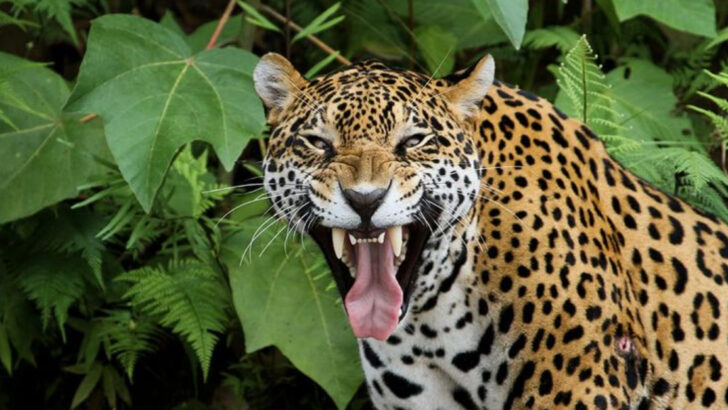Big cats don’t just rule the jungle—they haunt it. With eyes that pierce the night and jaws built to crush bone, these predators have perfected the art of the kill. From roaring lions to stealthy leopards, the world’s most fearsome felines strike fast, strike hard, and vanish without a sound. But not all deadly cats are famous. Beyond the tigers and cheetahs lurk lesser-known hunters—tiny, silent, and every bit as lethal. Some stalk fish in the dark, some battle venomous snakes, and others thrive where no creature should survive. These 23 predators prove one thing: size and fame don’t always equal danger.
Tiger (Siberian, Bengal, etc.)
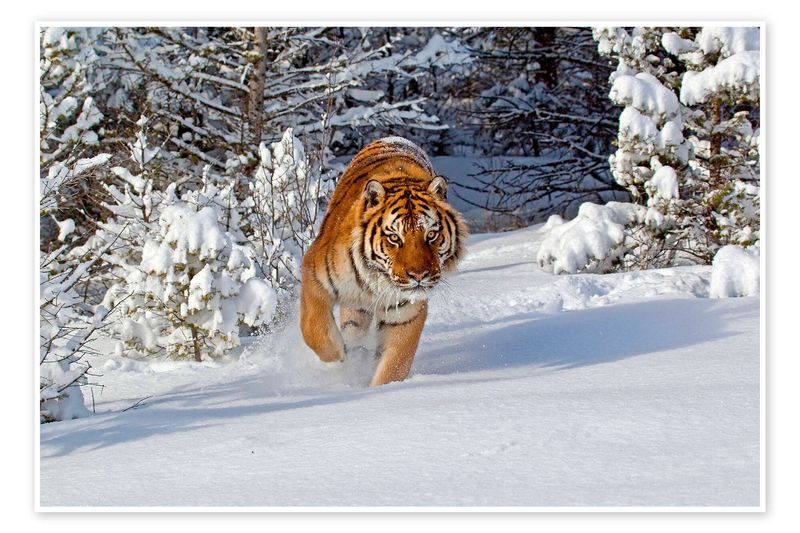
With a roar that echoes through the forest, the tiger commands the wilderness with an unrivaled might. As the largest of the big cats, it boasts a formidable presence. From the dense jungles of India to the icy terrains of Siberia, the tiger’s adaptability is legendary. Its keen senses and silent stalking make it a masterful hunter. Despite its fierce reputation, the tiger faces threats that put its future in jeopardy. Conservation efforts are crucial to ensure that this magnificent creature continues to roam freely across its natural habitats.
Lion
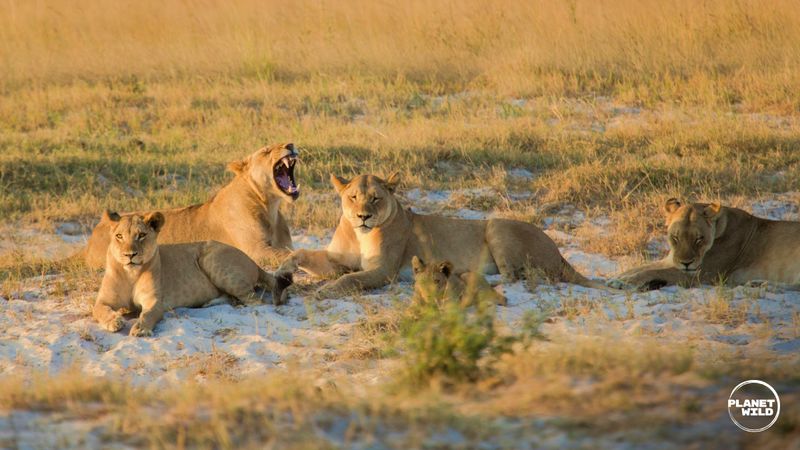
The lion, often hailed as the ‘King of the Jungle,’ reigns with a regal presence. Known for its iconic mane, the male lion’s roar can be heard from miles away, signifying its dominance. Living in prides, lions exhibit remarkable teamwork, especially when hunting. This social structure sets them apart from other big cats. Despite their prowess, lions face challenges due to habitat loss and human conflict. Ensuring their survival depends on preserving the savannas they call home. The lion remains a symbol of strength and courage throughout cultures worldwide.
Jaguar
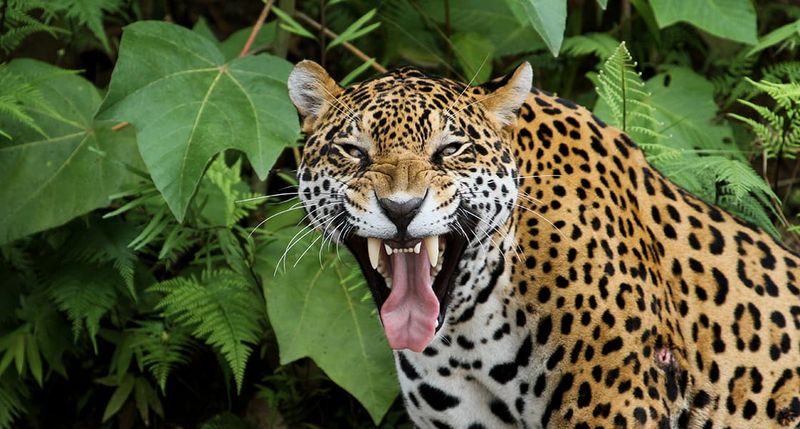
In the heart of the Amazon, the jaguar prowls with an aura of mystery. Renowned for its powerful bite, it can crush the skulls of its prey with ease. This strength allows it to take on formidable opponents, including caimans and turtles. Jaguars often hunt near water, showcasing their excellent swimming skills. Sadly, deforestation threatens their habitat. Protecting the Amazon is essential to preserve the jaguar’s way of life. With its striking beauty and stealth, the jaguar fascinates those lucky enough to glimpse it in the wild.
Leopard
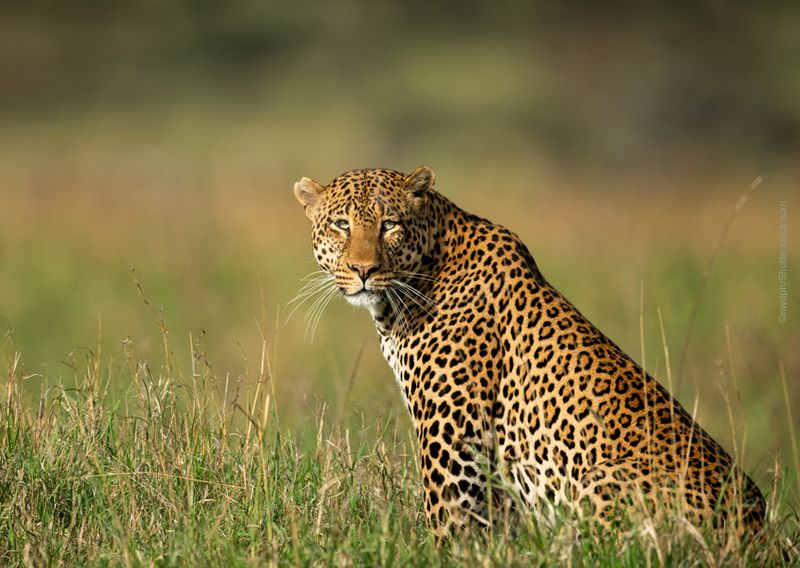
Elusive and enigmatic, the leopard moves with unparalleled grace. Known for its adaptability, it thrives in diverse habitats, from African savannas to Asian forests. A master of stealth, the leopard’s ability to climb allows it to carry prey into trees, avoiding scavengers. This solitary hunter’s rosetted coat provides the perfect camouflage, blending seamlessly into its surroundings. Despite its adaptability, the leopard faces threats from poaching and habitat loss. Efforts to safeguard its environment are crucial to its survival.
Snow Leopard
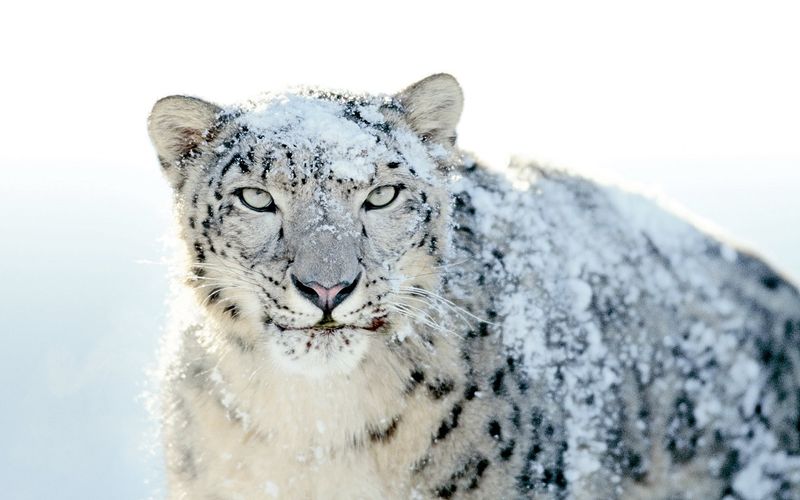
High in the rugged mountains, the snow leopard is a ghostly presence. Its thick, spotted coat provides warmth against the icy winds. Known for its incredible agility, it can leap across rocky ledges with ease. The snow leopard’s elusive nature makes it a rare sight, adding to its mystique. However, this majestic cat faces the threat of poaching and habitat encroachment. Conservation efforts focus on protecting its mountainous terrain and fostering coexistence with local communities.
Cougar (Mountain Lion/Puma)
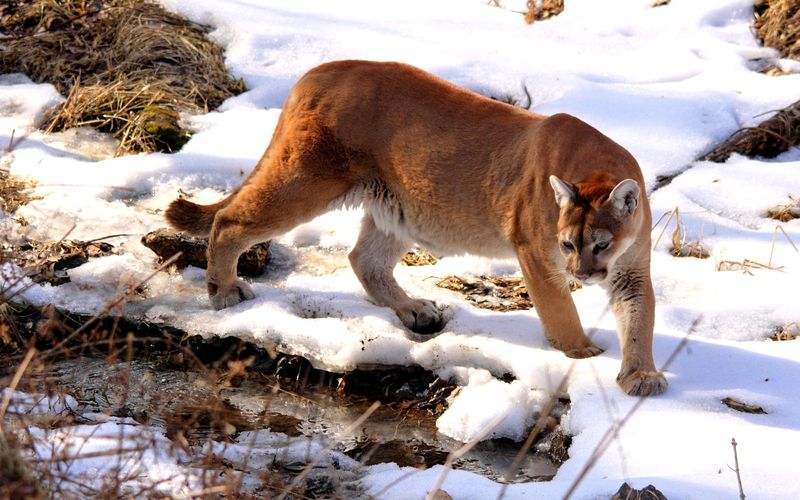
The cougar, also known as the mountain lion or puma, embodies the spirit of the wilderness. Found across the Americas, it thrives in various landscapes, from dense forests to arid deserts. Solitary by nature, the cougar’s adaptability is its greatest asset. Its powerful limbs and keen senses make it a formidable hunter. Despite being widespread, human encroachment poses significant challenges. Efforts to protect their vast habitats are vital for their continued survival.
Cheetah
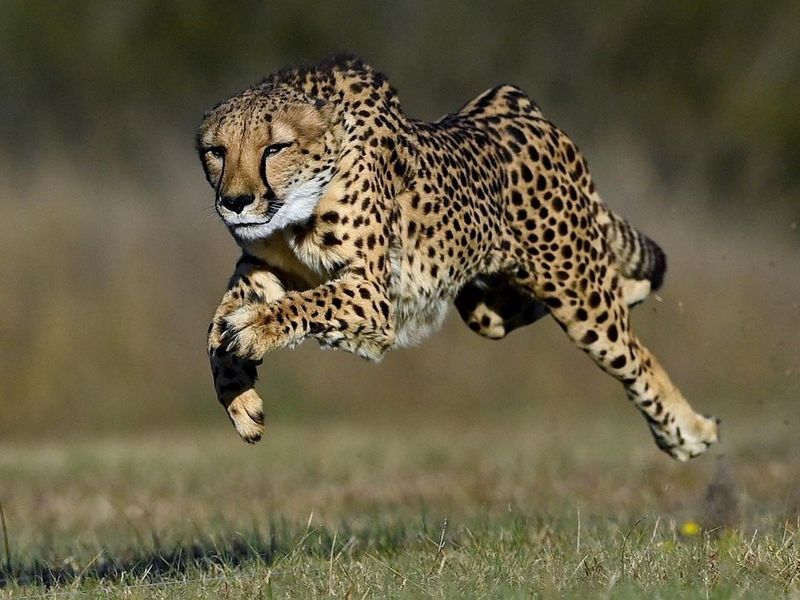
With unmatched speed, the cheetah is the fastest land animal, reaching speeds up to 60 mph. Its slender frame and long legs are built for sprinting, enabling it to outrun prey with ease. However, this speedster faces numerous threats, including habitat loss and human-wildlife conflict. Cheetahs require vast open spaces to thrive. Conservation efforts aim to secure these critical landscapes and mitigate conflicts with humans. Despite its challenges, the cheetah remains a symbol of grace and agility.
Clouded Leopard
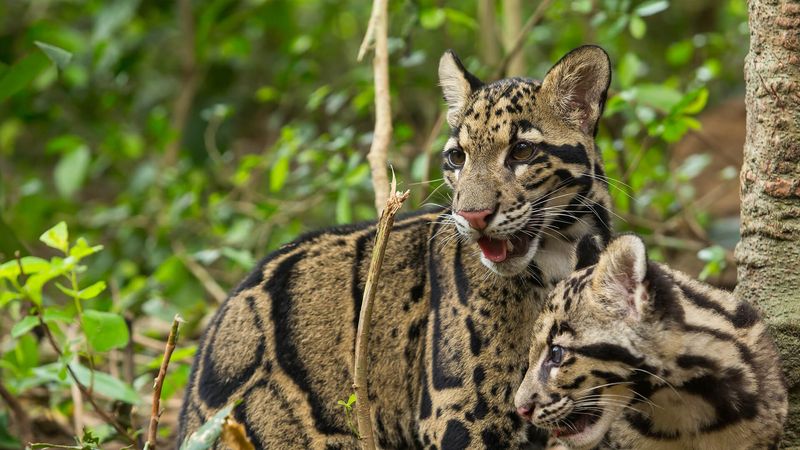
Mystical and elusive, the clouded leopard is a creature of the treetops. Its cloud-like pattern provides perfect camouflage among the dense foliage of Southeast Asian rainforests. Known for its incredible climbing abilities, it can descend trees headfirst, a rare skill among cats. Despite its agility, the clouded leopard is threatened by deforestation and poaching. Protecting its forest habitat is vital for its survival. This enigmatic feline continues to captivate wildlife enthusiasts and researchers alike.
Eurasian Lynx
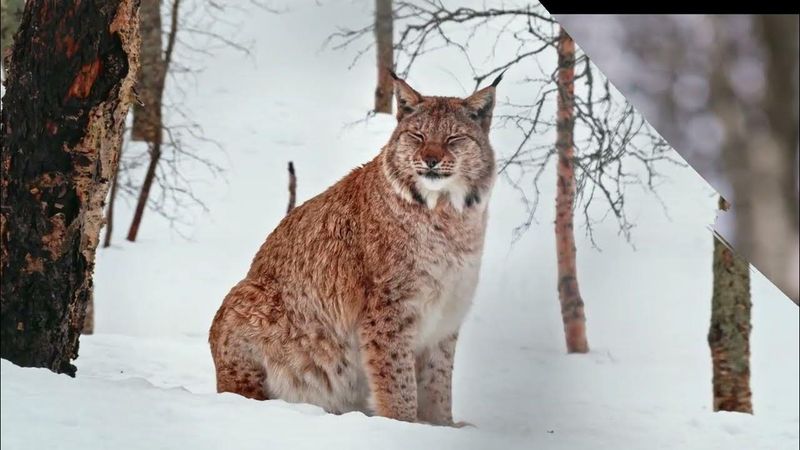
Silent and stealthy, the Eurasian lynx is an ambush predator of the European and Siberian forests. Equipped with tufted ears and a dense fur coat, it thrives in cold environments. Its keen eyesight allows it to spot prey from a distance. The lynx’s solitary nature adds to its mysterious allure. Despite its adaptability, the lynx faces threats from habitat fragmentation and hunting. Maintaining its forest habitat is crucial to its continued existence.
Caracal
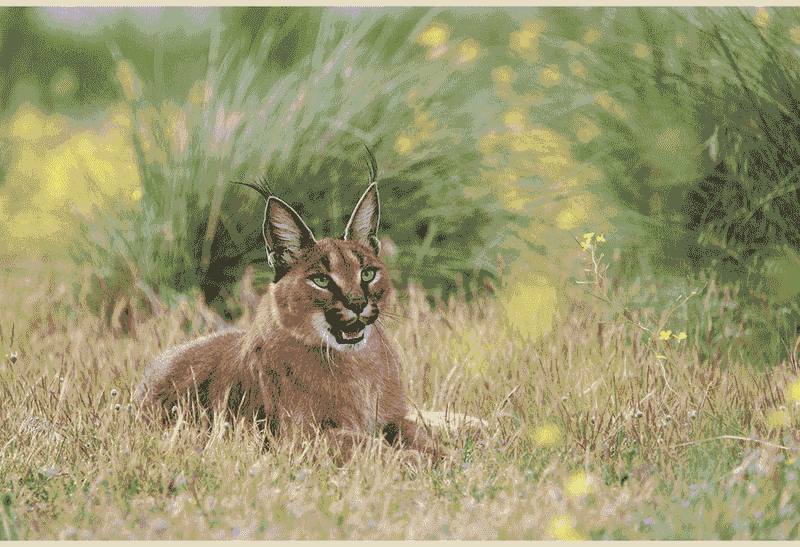
With ears like radar dishes, the caracal is known for its incredible hearing. This medium-sized cat is an adept hunter, capable of leaping several feet into the air to catch birds in flight. Its agility and speed make it a formidable predator in the African savanna. The caracal’s striking appearance, with its elongated ears and sleek, tawny coat, adds to its allure. Despite its hunting prowess, it faces challenges from habitat loss and human-wildlife conflict.
Serval
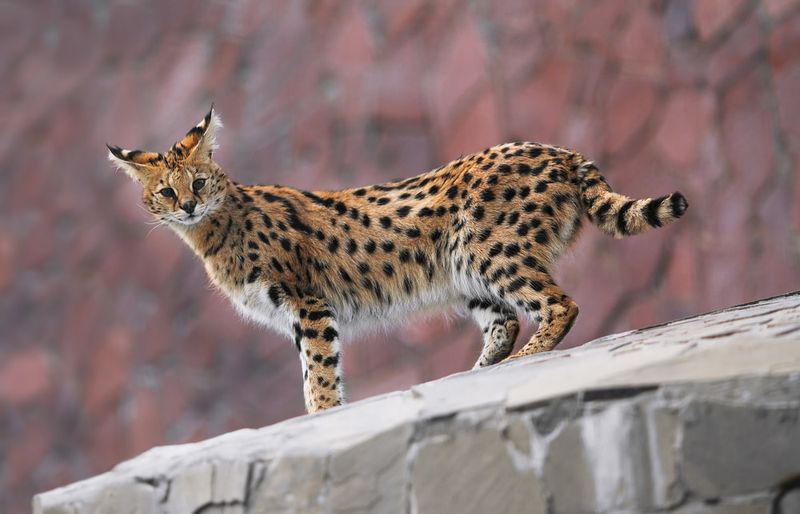
Graceful and poised, the serval is adapted to life in the tall grasses of the African wetlands. Its long legs and large ears give it a distinct advantage, enabling it to detect and pounce on prey with precision. Known for its acrobatic hunting style, the serval can leap over six feet in the air. Despite its abilities, it faces threats from habitat loss and hunting. Conservation efforts focus on protecting the wetlands and grasslands it calls home.
African Golden Cat
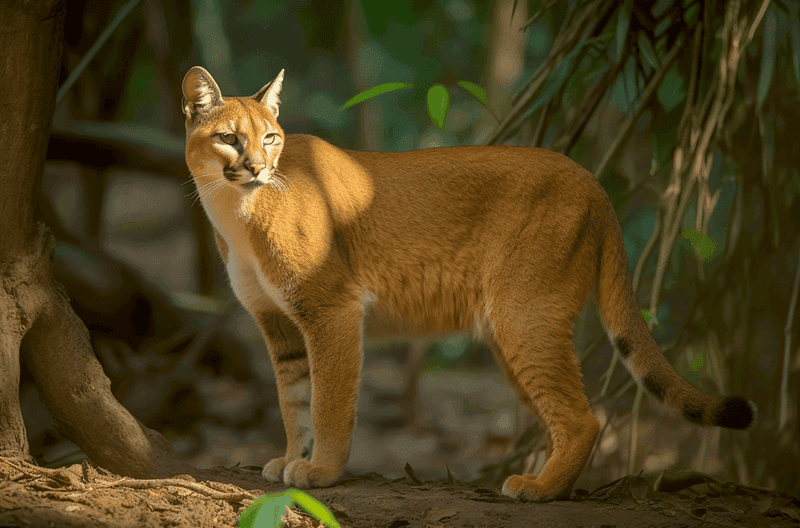
Enigmatic and rarely seen, the African Golden Cat is a phantom of the rainforest. Its striking golden-brown coat helps it blend into the dappled sunlight of the forest floor. Preferring dense vegetation, this solitary hunter is known for its secretive nature. Despite its elusive behavior, it faces threats from deforestation and the bushmeat trade. Protecting its rainforest habitat is vital to its survival. Its mystery and allure continue to intrigue researchers and conservationists.
Bobcat
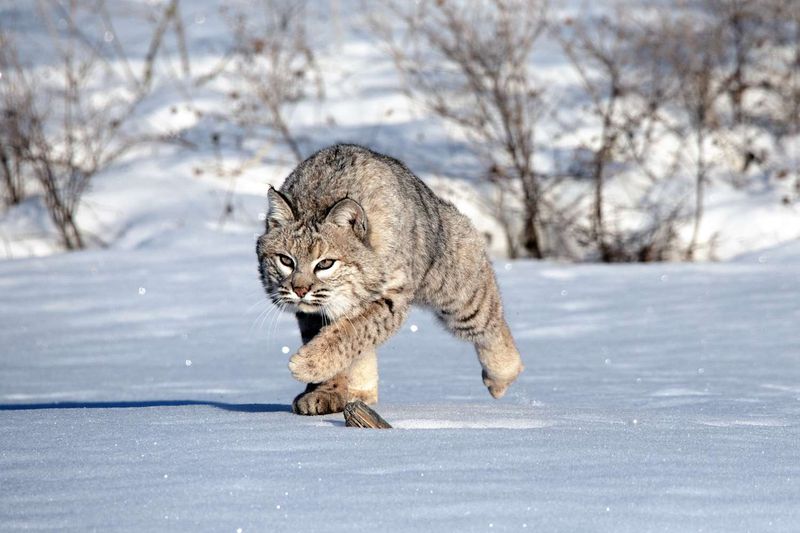
With a distinctive bobbed tail, the bobcat is a resilient predator of North American forests. Known for its adaptability, it thrives in diverse environments, from swamps to deserts. Its tufted ears and spotted coat provide effective camouflage. The bobcat is a solitary hunter, using stealth and patience to ambush prey. Despite being widespread, it faces threats from habitat destruction and hunting. Conservation efforts focus on maintaining the diverse ecosystems it inhabits.
Iberian Lynx
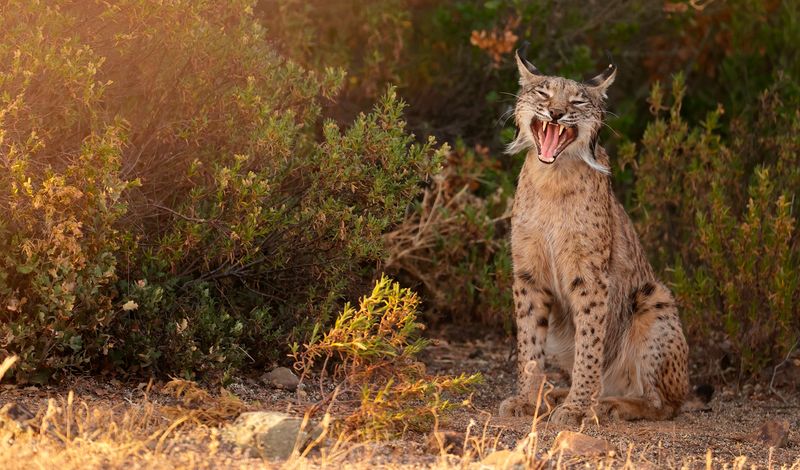
Once on the brink of extinction, the Iberian Lynx is a conservation success story. Found in the Mediterranean forests of Spain, it is the world’s most endangered feline. Its tufted ears and short tail give it a distinctive appearance. Despite its recovery, the lynx remains vulnerable to habitat loss and road accidents. Protecting its Mediterranean scrubland habitat is crucial to its future. Conservationists continue to work tirelessly to ensure this magnificent creature thrives.
Asiatic Lion
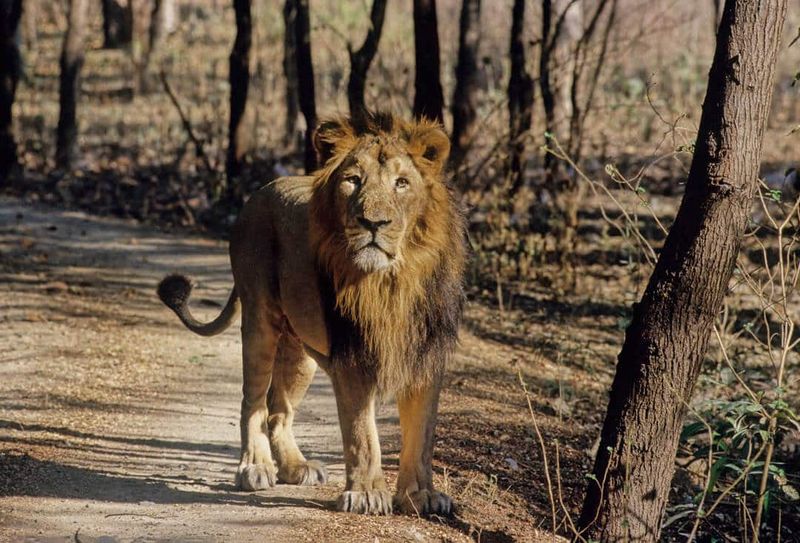
Roaming the Gir Forest of India, the Asiatic Lion is smaller than its African counterpart but equally formidable. Its short mane distinguishes it from the more familiar African lion. Historically found across Asia, the Asiatic Lion now survives only in a small pocket of India. Despite its limited range, the lion is a symbol of strength and resilience. Conservation efforts focus on expanding its habitat and ensuring genetic diversity.
Jaguarundi
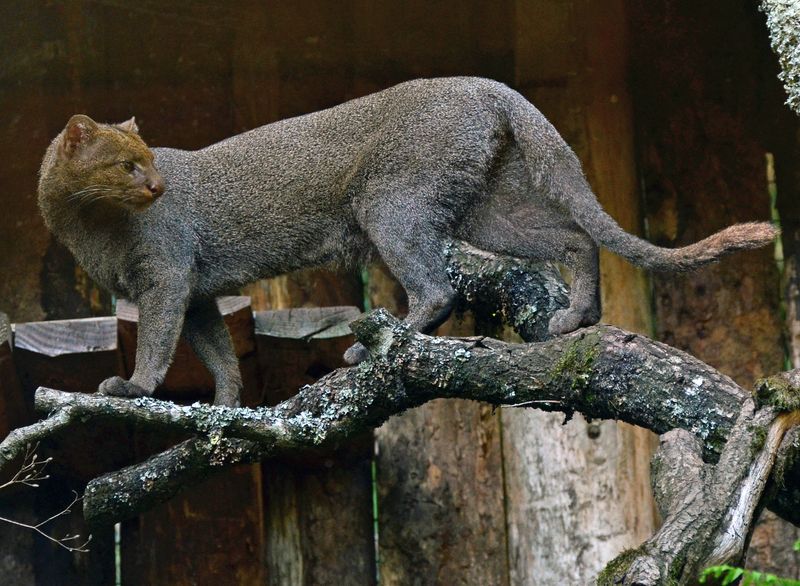
With its elongated body and small head, the jaguarundi is an odd-looking feline. Found in the forests of Central and South America, it is a versatile predator. Known for its varied vocalizations, it communicates using purrs, whistles, and even chirps. The jaguarundi is an agile climber, often hunting in the trees. Habitat fragmentation poses a significant threat to its survival. Conservation efforts focus on preserving the forests it inhabits.
Fishing Cat

Equipped with partially webbed feet, the fishing cat is an adept swimmer. Found in the wetlands of Asia, it preys on fish and other aquatic creatures. Its spotted coat provides camouflage among the reeds. Despite its affinity for water, the fishing cat faces threats from habitat loss and pollution. Protecting its wetland habitat is crucial to its continued existence. This unique feline remains a fascinating subject for researchers and wildlife enthusiasts alike.
Andean Mountain Cat
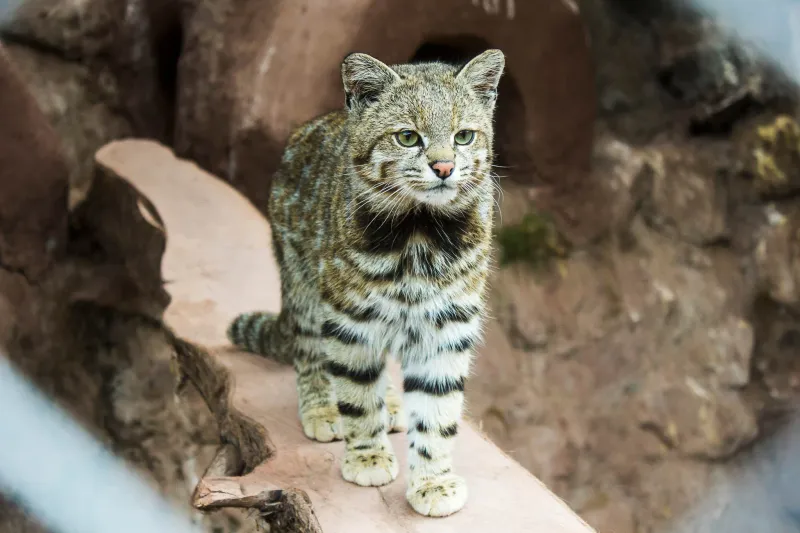
In the remote heights of the Andes, the Andean Mountain Cat lives a life shrouded in mystery. Its thick fur and bushy tail provide insulation against the harsh mountain climate. This elusive feline is rarely seen, making it one of the most enigmatic cats in the world. Its survival is threatened by habitat destruction and hunting. Conservation efforts focus on protecting the fragile mountain ecosystems it inhabits.
Marbled Cat
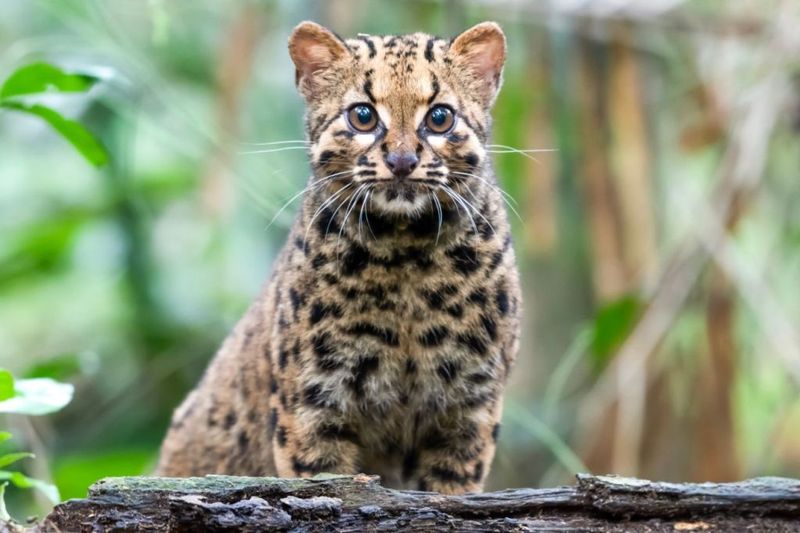
The marbled cat, with its strikingly patterned coat, is a master of the jungle canopy. Found in Southeast Asian rainforests, it is a superb climber. Its marbled fur provides camouflage among the dense foliage. Despite its arboreal skills, the marbled cat faces threats from deforestation and hunting. Efforts to protect its rainforest habitat are crucial to its survival. Its elusive nature and captivating appearance continue to intrigue scientists.
Flat-Headed Cat
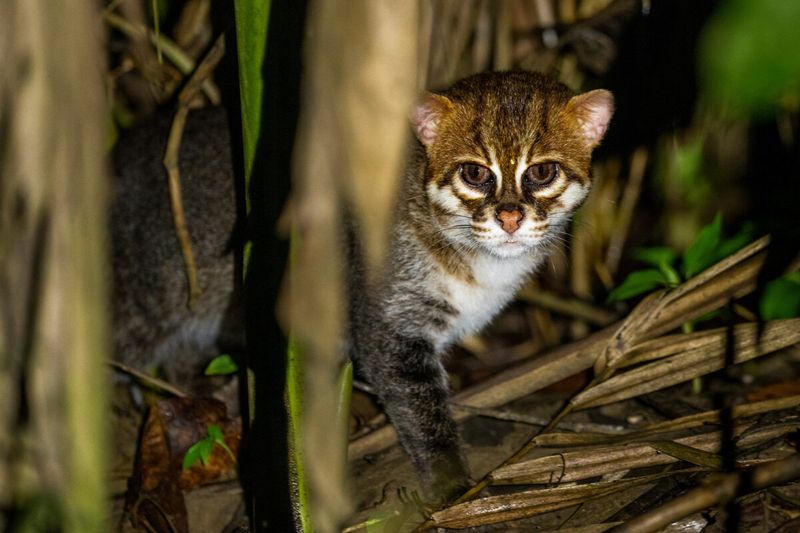
Specialized for a life by the water, the flat-headed cat is a unique predator. Found in the wetlands of Southeast Asia, it preys on fish and frogs. Its flat head and elongated snout are adaptations for catching slippery prey. Despite its niche lifestyle, the flat-headed cat faces threats from habitat destruction and pollution. Efforts to protect its wetland habitats are vital for its survival. This diminutive feline remains a rare and fascinating creature.
Oncilla

With its small size and agile movements, the oncilla is a skilled hunter of the South American forests. Its spotted coat provides excellent camouflage among the foliage. Despite its diminutive stature, the oncilla is a formidable predator. However, it faces threats from deforestation and the pet trade. Protecting its forest habitat is essential for its continued survival. This petite feline continues to captivate those who catch a glimpse of it in the wild.
Sand Cat
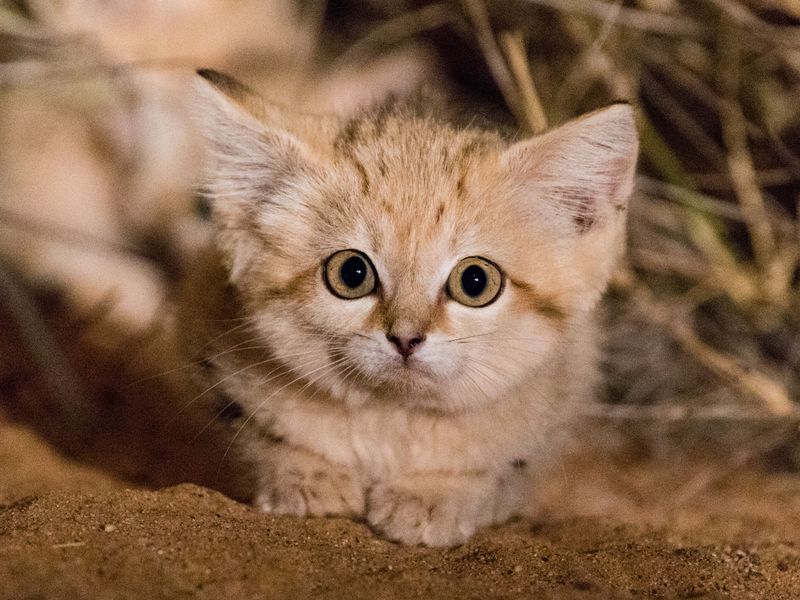
In the harsh deserts of Africa and Asia, the sand cat survives where few can. Its sandy coat provides camouflage among the dunes. Remarkably, the sand cat preys on venomous snakes, showcasing its fearlessness. Despite its adaptations, this desert dweller faces threats from habitat loss and the illegal pet trade. Conservation efforts focus on preserving its arid habitat. The sand cat’s resilience and resourcefulness make it a fascinating subject of study.
Pallas’s Cat
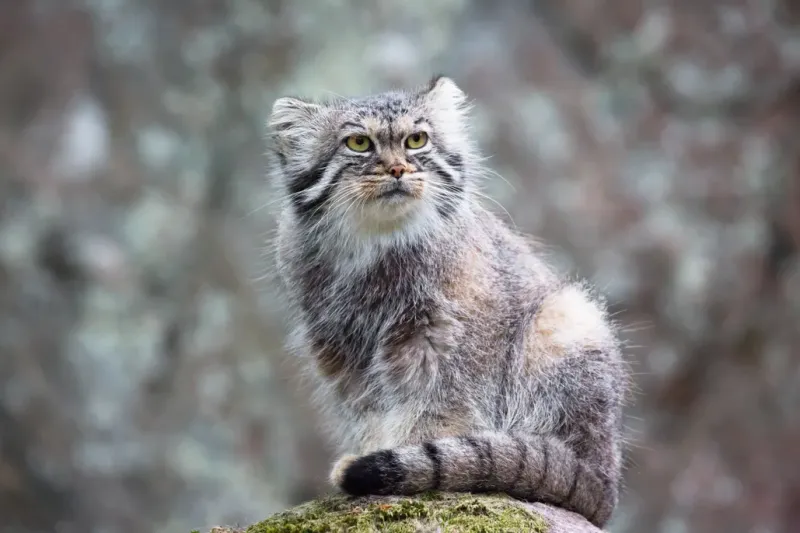
With its fluffy coat and flat face, Pallas’s Cat looks perpetually grumpy. Found in the high-altitude steppes of Central Asia, it is a master of survival. Its thick fur provides insulation against the bitter cold. This solitary feline is known for its elusive nature. Despite its hardy adaptations, it faces threats from habitat loss and hunting. Conservation efforts focus on protecting the vast steppe ecosystems it inhabits.

